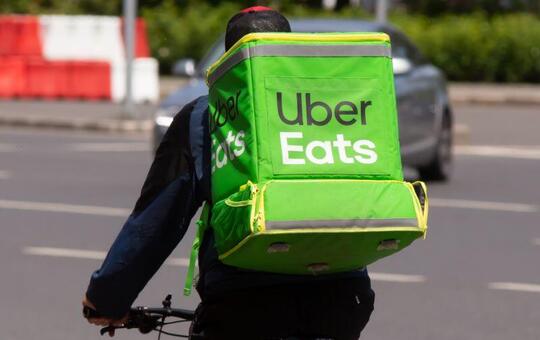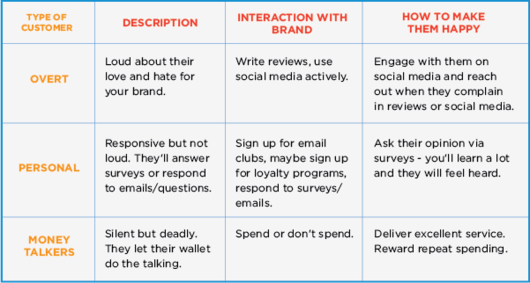Here are (3) dangers lurking with the delivery apps.
1. Traffic mismatch. The guest can use your brand's app or a 3rd party delivery app. If the latter, your brand has to pay a commission.
2. The delivery app is going send your customers to a nearby competitor, if they can make a food delivery sale.
3. When something goes wrong with the order, your brand will be blamed -- even if you aren't responsible for the delivery.
What are the alternatives?
1. "Jimmy John's is satisfying customers one sandwich at a time -- but what if you don't live in one of chain's highly coveted zones?
Well, the sandwich maker might just buy you a house.
Jimmy John's announced its "Home in the Zone" contest this week, a first-of-its kind competition where a deserving superfan will win a new home within one of Jimmy John's famous five-minute delivery zones."
2. Panera is accessing new customers from the aggregators, but not using their delivery service.
"We're open to it now because it's additive and, very importantly, the customer experience is protected.
There's a standard of quality that we believe in, and the economics work for us and very importantly, for our franchisees, which a lot of these models don't," Wegiel says.
He says delivery companies told Panera it was one of the top search brands on their sites. Panera was only willing to partner up, however, if aggregators agreed to some conditions.
The company wanted to ensure a deal would add incremental volume instead of cannibalizing what it had already built, which was confirmed through testing."
3. Domino's, the acknowledged leader in pizza delivery, says: "Despite the pressure, Dominoʼs is not planning to partner with a delivery site.
Allison said that he doesnʼt think partnering with third-party platforms creates incremental sales, and that those platforms will end up hurting restaurant profits."
For more, see the discussion on LinkedIn, below.
For the 5 Most Fascinating Stories in Franchising, a weekly report, click here & sign up.







